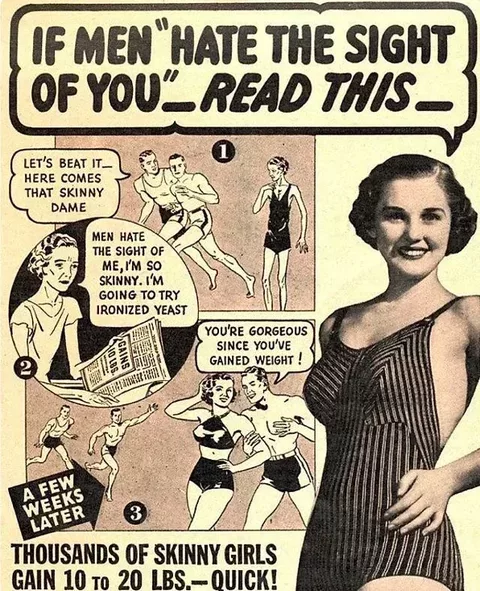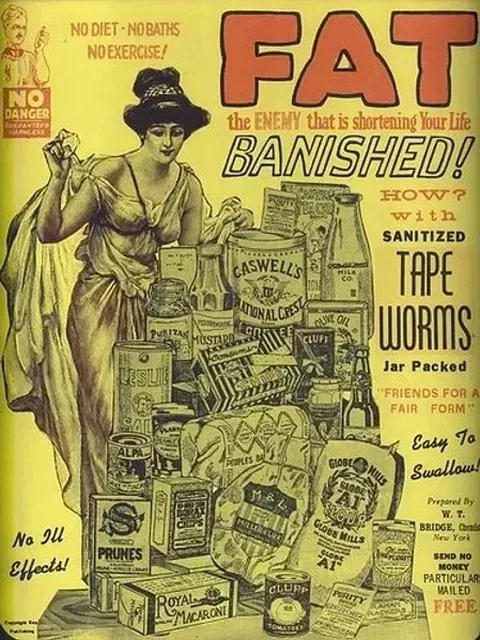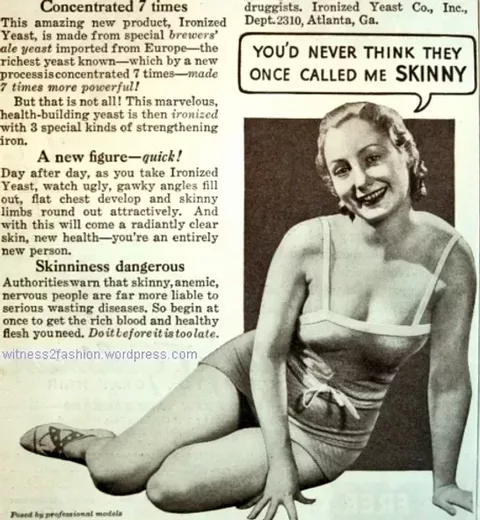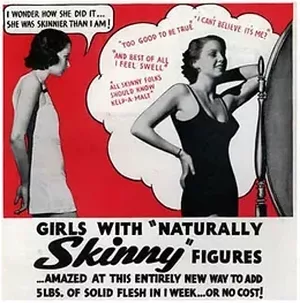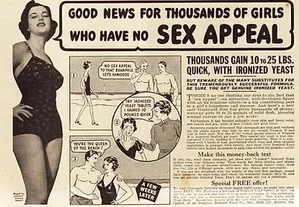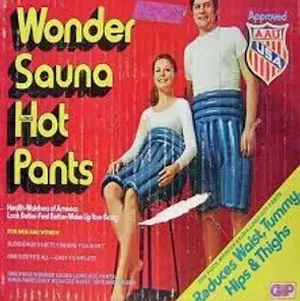Today women are still divided on the makeup debate.
Second wave feminists of the 60s and 70s viewed the use of makeup and mainstream fashion as buy-in to a culture that exploits women’s beauty and demeans their brain-power. They argued that rejecting these adornments was a way for women to stop joining men in women’s objectification and to stop lining men’s pockets.
Third-wave feminists believe personal choice is most important and that we should be able to adorn and decorate ourselves, or not, and not be judged.
Most feminists of all waves and ages though have real concern about the obsession with youth and beauty that is being sold to girls and women through the multibillion dollar cosmetic industry. The instagram war #NoMakeup VS #ThePowerOfMakeup is the perfect embodiment of the no-win situation girls find themselves in -- shamed if they do and shamed if they don’t.
Celebrity musician Alicia Keys decided she wanted to stop wearing makeup and the #nomakeup movement was born. Makeup to Alicia felt to like just another way of masking who she really was in response to the culture’s expectations. In an essay on lennyletter.com she wrote: “I don't want to cover up anymore. Not my face, not my mind, not my soul, not my thoughts, not my dreams, not my struggles, not my emotional growth. Nothing.”
Some fun headlines:
- Alicia Keys Stopped Wearing Makeup and the World Is Still Having a Hard Time Adjusting
Hold up! Alicia Keys is a 15-time Grammy Award-winning singer/songwriter/producer, an accomplished actor, a New York Times best-selling author, an entrepreneur, a mother and a powerful force in the world of activism but the world is worried about her makeup choices?
- Jennifer Lopez, 46, dares to bare her naked face while showing off grey roots on Shades Of Blue set.
This article used words like Unrecognizable and barefaced (nooooo not barefaced! Bare bodied though...no problem) to describe J-Lo and referred to her as “the doll” in one of the photo captions. Good Lord, J-Lo is a singer, actor, producer, dancer, mother and fashion designer. She was the first woman to have a number one album and film in the same week. So yeah, hardly a limp, lifeless doll.
On the other side of things, Youtuber Nikkie De Jager took on all the makeup shamers out there and started tutorials on “The Power of Makeup.” Apparently another form of body-shaming is to make girls feel bad for using makeup. Nikkie’s videos of her making up half her face have gone viral and thousands of others have followed suit with the hashtag #ThePowerOfMakeup. Nikki and others leave half their faces bare to prove using makeup isn’t about insecurities. Nikkie says she loves makeup and uses it as a playful form of self-expression. She has clearly honed her craft to excellence and is having fun and making uber amounts of money doing it. She’s rocking it and that’s girl power! At the same time, when she says things like “let’s get FLAWLESS together!” the underlying wish to fit an impossible cultural standard becomes apparent.
Makeup has been around for thousands of years and it isn’t going anywhere. It can make us look young and healthy which sociologists say signal our reproductive fitness...a sort of come hither, I’m fertile and ready for a night of passion. But pale complexions became a centuries-long trend, only prostitutes and lower class women would venture to make up their faces. So how did makeup as we know it today come about? The answer lies at the end of the 1800s with the birth of photography, mirrors and motion pictures. Having your portrait taken by a photographer was a luxury and would likely be the one and only picture you had of yourself. Makeup before a sitting became standard practice.
The big push though was the advent of film. Max factor made a makeup that looked good on camera and in the 1920’s marketed it to women as the way to look like a movie star. Women jumped at the chance and to this day seem to disregard the hours that are spent preening and primping movie stars and fashion models to look like all-natural, minimal-effort beauties. So we spend time, money and energy and the occasional professional consultation trying to enhance our attractiveness while chronically falling-short of those perfect-looking stars with their staff of beauty experts. To top it off, an oft heard sexist remark is about how long it takes a woman to get ready. In trying to meet the ridiculous standards of a system that men specifically benefit from, we are mocked for trying. Sigh. Yet another double-bind.
So we are left with the question of whether makeup use is about vanity or about self-expression. The choice not to apply makeup is often met with derision or dismissal, as are most acts that are viewed as specifically not caring about or not putting in effort to attract guys. When beauty in this culture is so homogeneous and makeup helps us blend in and attract guys, no wonder we find it appealing. I want girls to choose if and when and how they wear makeup with nobody feeling free to voice their personal opinions about it. Given the enormous social benefits of wearing it though I’m not sure we can call it a true choice and that's troubling.
